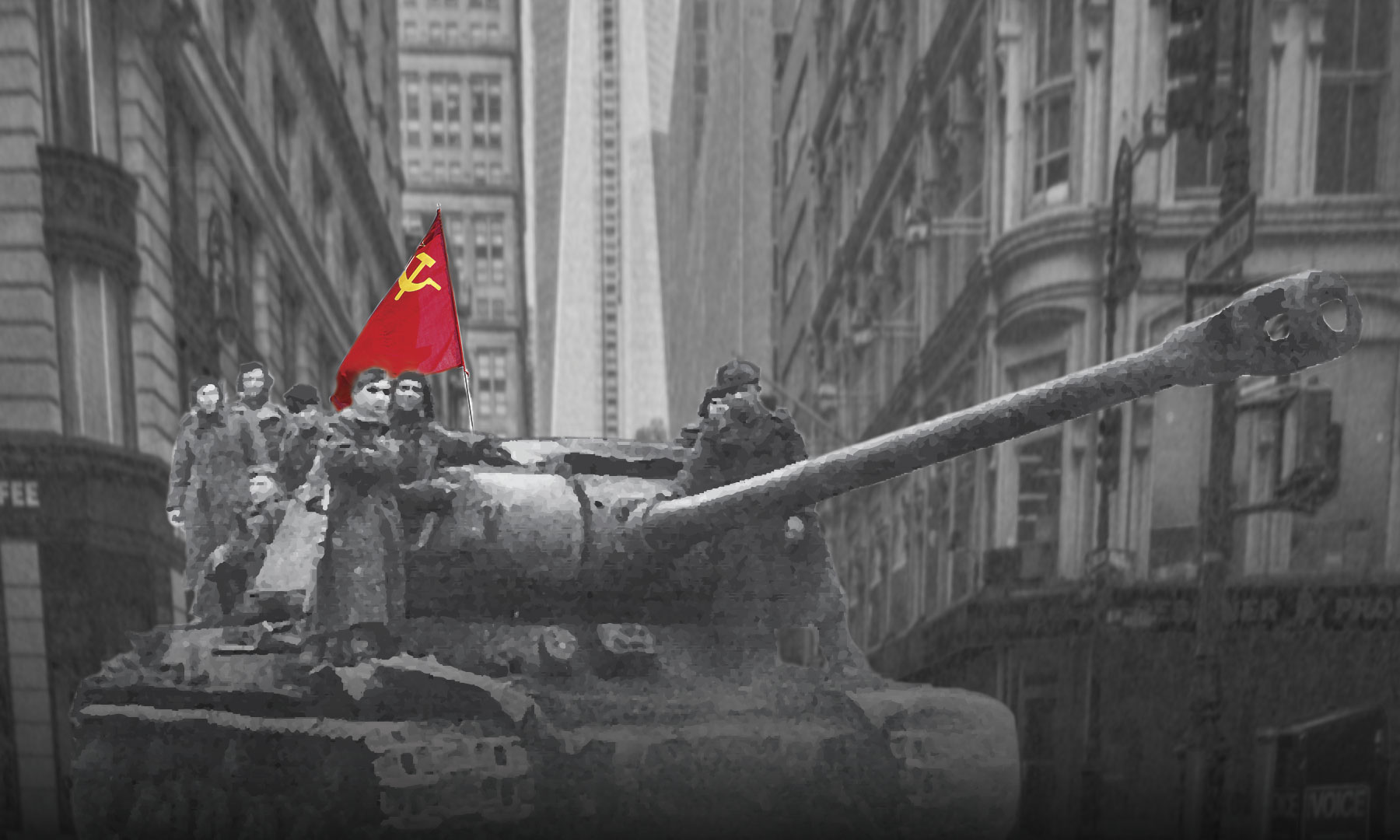Meitner’s escape from Germany is an interesting story. Niels Bohr led the efforts to arrange for her to take a train to the Dutch border. She had received notice she was forbidden to leave Germany, and she did not have a current visa. One account mentions that a Nazi officer examined her expired visa while she was on the train. He returned the visa to her without comment and moved on. We will never know whether his lack of action after looking at the expired document was because of incompetence or compassion. I choose to believe the officer looked at the small, frightened woman and allowed her to escape to Holland and then to Stockholm, Sweden, where Bohr had found her a research position.
Meitner was in Sweden with her nephew, Otto Frisch, who was visiting her for a Christmas vacation, when she received the request from Hahn asking that she review results of experiments in which he and Strassman had bombarded uranium nitrate solution with slow neutrons. Meitner and Frisch puzzled over results as she walked in the snow as he was cross country skiing. They discussed how Bohr had recently proposed that the nucleus was “soft and pliable…like a drop of water.” Meitner sat down and began making sketches to evaluate what would happen if a neutron would hit such a nucleus. She reached the conclusion the uranium atom would divide into two smaller “drops.” Frisch rushed back to Copenhagen to tell Bohr, but was stumped with what to call the “splitting.” Frisch consulted with William A. Arnold, an American biologist working at the Bohr Institute, about the name given to cell division. Arnold said it was called “binary fission.” Frisch proposed that the process be called “nuclear fission” in a paper he published with Meitner. Bohr mentioned the discovery to a friend and physicists around the world were soon confirming the discovery with their own experiments.
Physicists everywhere began focusing on the scientific fact that fission released far more energy than the most energetic chemical reactions. Hahn and Strassman published their results in a German scientific journal in January 1939 and Meitner and Frisch followed up with letters to the British journal Nature. “Within a year more than one hundred papers had appeared on the new reaction, reporting work by physicists throughout the world.” Physicists everywhere recognized the military implications. The Germans convened a secret conference on April 29, 1939, to discuss a research program and to place a ban on uranium exports. A Japanese Army general ordered exploration of the military applications of fission. Igor Kurchatov alerted the Soviets of the possibilities in 1939. Germany’s invasion of the USSR in June 1941 delayed Soviet research, but a modest program restarted in early 1943. Britain began to consider the possibilities in 1939 and was involved when the United States began serious atomic research in 1941.
